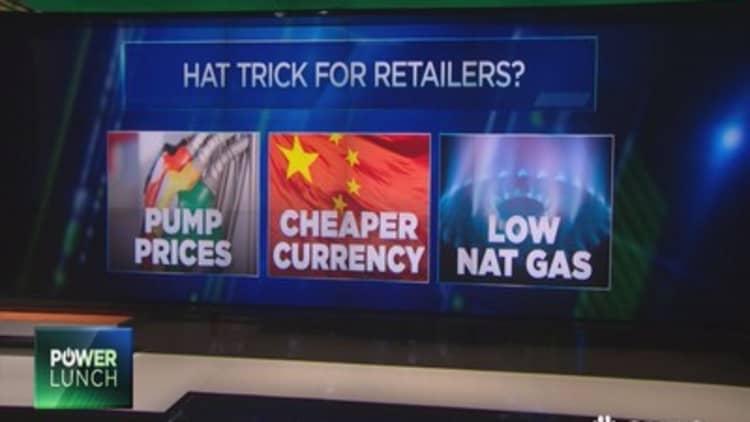Finding the perfect gift for your loved one can be stressful. So when you receive an email promoting a product you know they'd love, you breathe a sigh of relief. Imagine your disappoint when you click through to that store's website and put the item in your basket, only to learn that it's out of stock for months.
That's what happened to PBteen shoppers this holiday when they opened a message touting the store's array of beanbag chairs. But when interested shoppers tried to add the chairs to their digital carts, they learned that many of the designs were back ordered until well after the holidays.
PBteen is far from alone. This disconnect is just one example of the challenges retailers face in aligning their inventories with their marketing messages. Though experts said these issues have existed in the industry for years, they've been amplified by complexities in the supply chain that have come about as online shopping becomes more popular.
Adding to the challenge are the increasingly personal messages that retailers are sending to shoppers, making it even more crucial to keep tabs on what merchandise is in stock.
"It's a challenge in the supply chain a lot of retailers, especially from a bricks-and-mortar and online perspective, face," said Justin Orgel, director of strategic services at Experian Marketing Services.
The biggest reason these issues arise is because a retailer's data may not show how much of an individual product they have in stock, or where it's located. And with retailers outsourcing many aspects of their supply chain, it is even more more complicated to get a holistic view of the business.
"They have so many gaps to fill that they end up using so many different partners and technology vendors that it becomes hard to maintain," he said. "Things get lost in the shuffle occasionally."
Jim Prewitt, vice president of retail industry strategy at JDA Software, said retailers' ability to send more targeted messages to individual shoppers — a trend that's "skyrocketed" over the past year — adds another layer of complexity. For instance, if different products are being peddled to different consumers, the retailer needs to be able to track whether all the items are in stock.
Although this is a challenge, retailers benefit from getting it right. A recent report by Experian found that even though marketers sent more emails during the holiday season, retailers were the only industry segment studied that was able to match the prior year's rate of purchases derived from those messages. The firm attributed this to retailers' ability to "better segment and target messages" to individual shoppers; for instance, sending discount-oriented messages to customers who only make purchases when an item's on sale.
Sometimes, it isn't a problem with messaging — retailers simply underestimate how in demand a product will be. That's what happened at PBteen, spokeswoman Kelley Loeffler said.
"Our goal is to always align marketing promotions with available inventory, however, there are instances where we market a product category — in this case beanbags — that might have limited inventory in certain styles and colors," she said by email. "Given the high demand for our beanbag chairs this holiday season, some of our more popular styles sold faster than anticipated."

Other times, technology seems to get the best of retailers. When the out-of-stock Narciso Rodriguez dress that Michelle Obama wore during the State of the Union address started trending online, a promoted tweet that Neiman Marcus sent in October began to resurface on shoppers' feeds, despite the fact that the item was out of stock.
But Ginger Reeder, vice president of communications, said Neiman's did not resend or repromote the message. A spokeswoman from Twitter said she was not able to provide any information, as she cannot comment on individual clients.
Retailers' much-touted service that allows shoppers to buy online and pick up in store also can lead to more miscommunications. Orgel remembered a time he placed an online order for in-store pickup, only to learn that it wasn't actually available at that location.
A recent study by JDA found that nearly 1 in 4 shoppers has chosen to pick up an online orders in store, but nearly 40 percent experienced a hiccup with the service. The most common issues were that the staff took a long time, or was altogether unable, to locate the order.
Eric Feinberg, vice president of marketing at ForeSee customer analytics firm, said this is one way in which Amazon has gotten a pass. Whereas traditional retailers have to worry about being in stock online and across their store network, Amazon only has to worry about digital inventories. Feinberg added that his firm's research has found that shoppers tend to give more leeway to their favorite retailers when they make a mistake.
"It's basically a three-strike rule," he said. "Customers who have good experiences with the brand give them a break three times. If they don't live up to their increasing expectations over time it is a recipe for customer attrition."
If a shopper does not already have a relationship with a brand, it's more of a one-strike rule, Feinberg said.
"It's a very highly competitive retail landscape right now," he said. "These retailers, all of them, are going to be part of the one-strike club soon."





